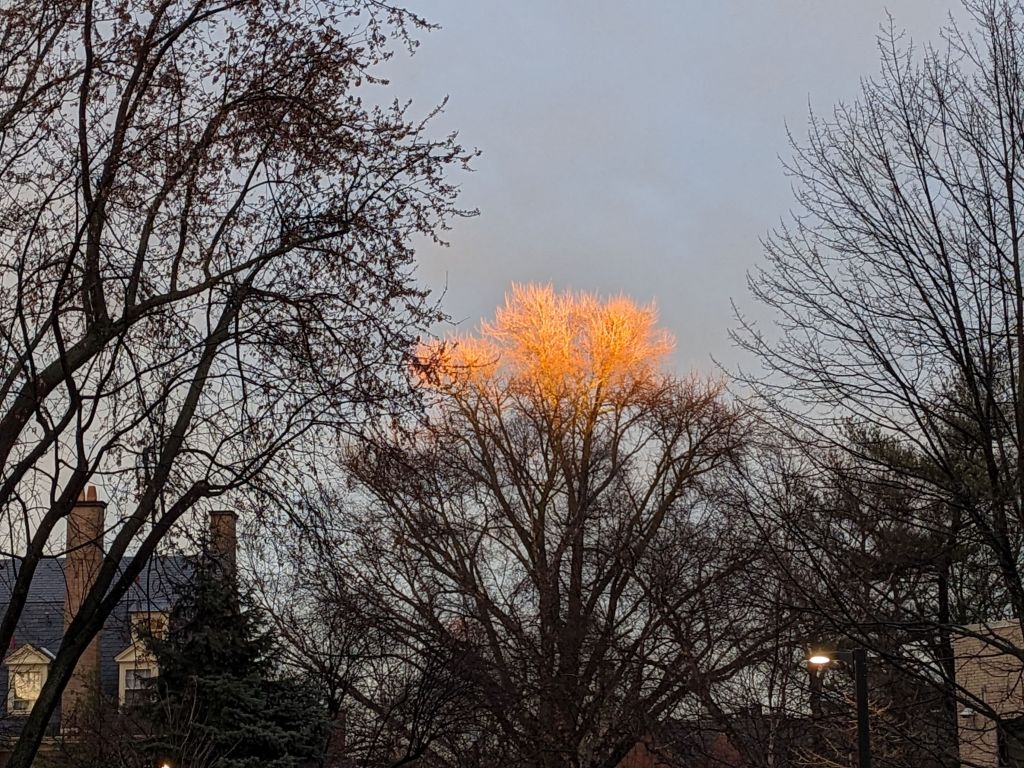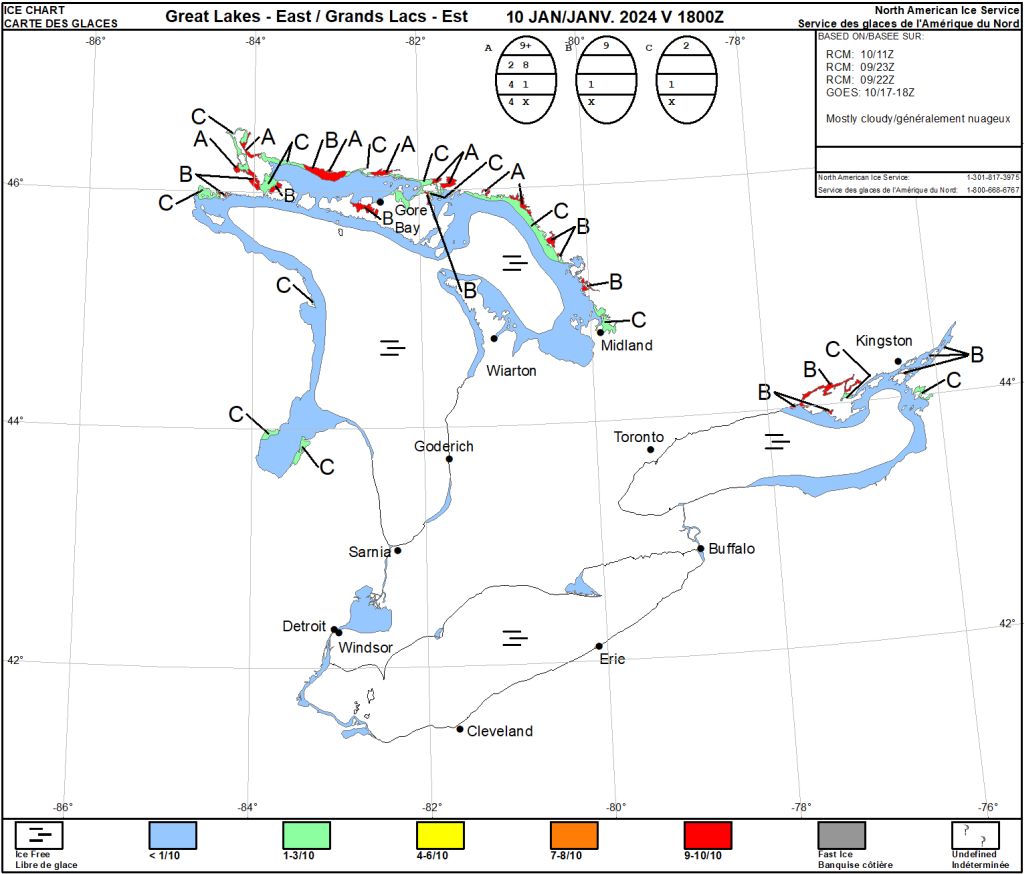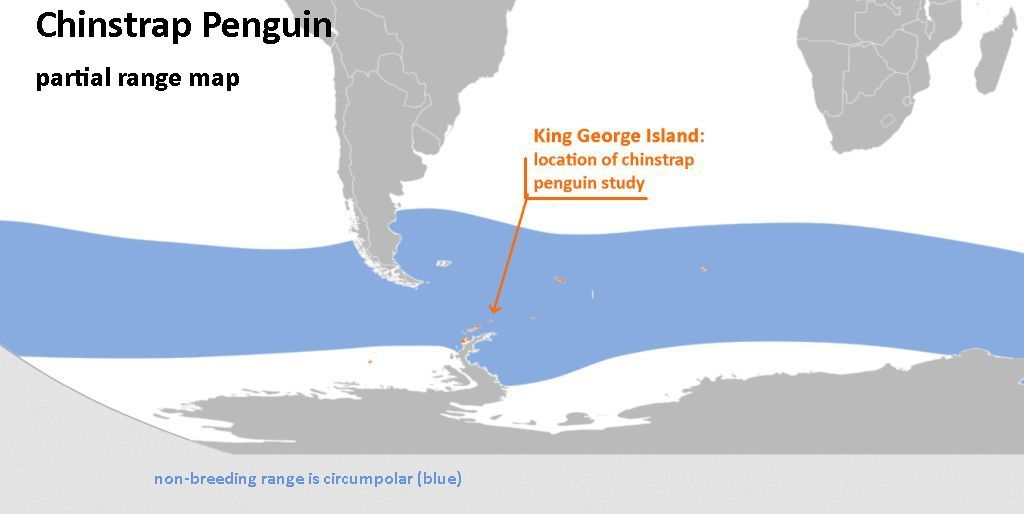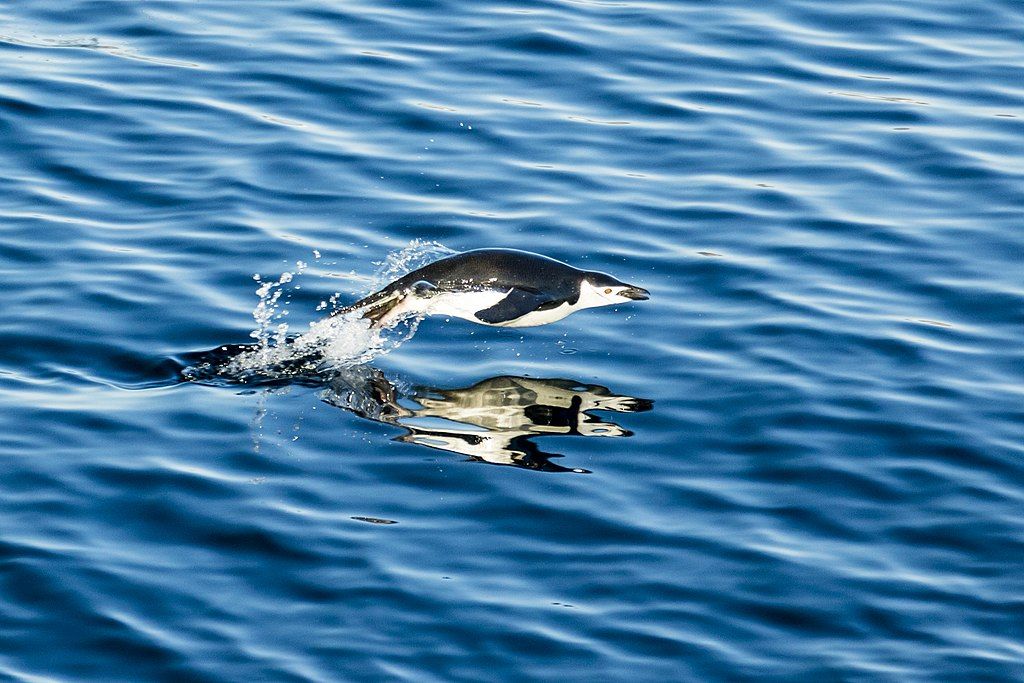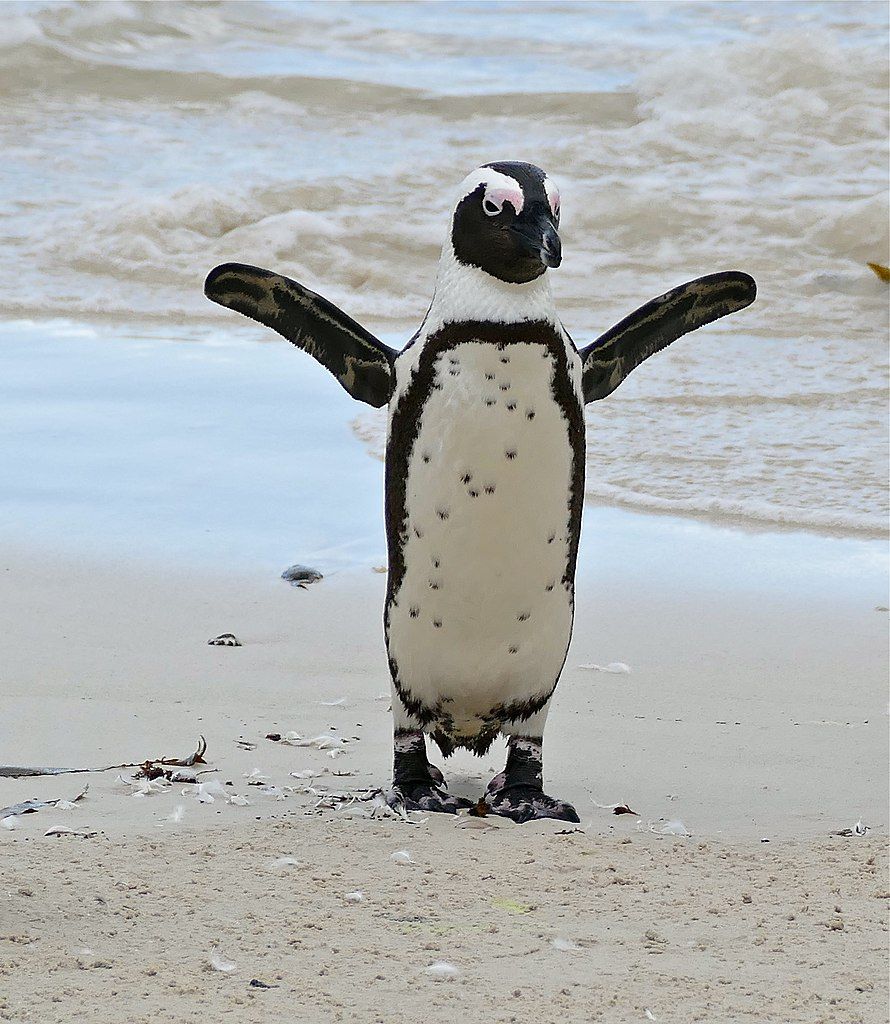
26 March 2024
A decades-old problem became acute his winter. After high winds and a historic high tide damaged 20+ beachfront homes in January at Salisbury Beach, Massachusetts, the residents took up a collection to build a protective dune. It took five weeks, 14,000 tons of sand and more than half a million dollars to build the dune to protect the homes. Three days later it was gone.
Completion of the dune project in early March brought high hopes to Salisbury Beach.

But in the next three days a natural occurrence, an astronomical high tide, washed it all away.
The temporary dune did it’s job — no homes were damaged in March — but the idea of spending half million dollars after every storm is out of the question. So the town is regrouping and weighing options.
You might be wondering: Why don’t they just build a seawall?
Seawalls just move the problem a few hundred feet down the beach so they are generally not allowed in Massachusetts (see special exception in yellow).

Also, a seawall will remove the beach entirely as shown in this diagram. If Salisbury Beach builds a seawall they will have no beach at all, just a wall with a sheer drop to the ocean. Understandably, the homeowners want a beach.
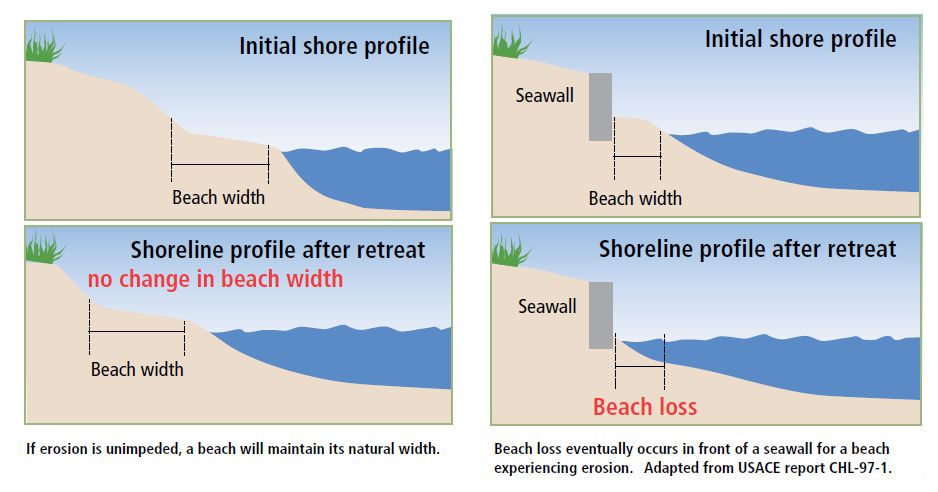
The ocean takes land slowly … and then all at once. No amount of money can stop it.
(credits are in the captions)











